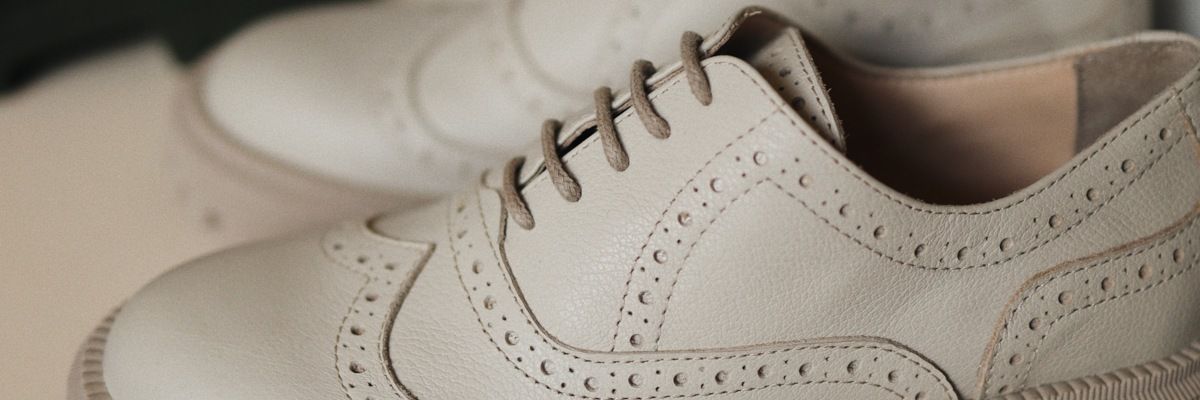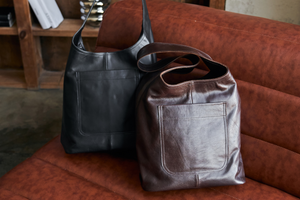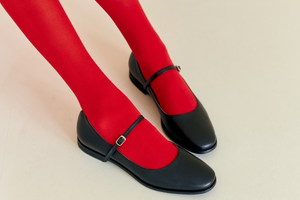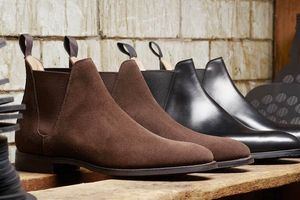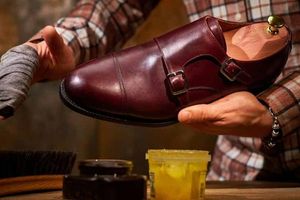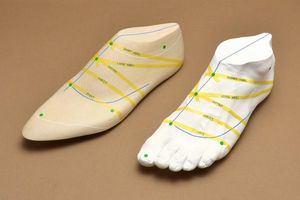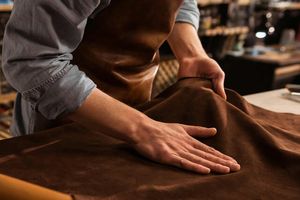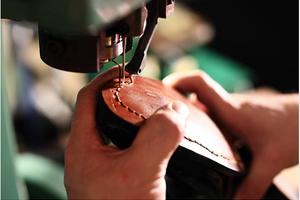Leather shoes are not only an object of practical use, but also a symbol of style, dignity and classic elegance. Among the many styles and models of shoes, oxfords occupy a special place in the world of fashion and design. This is one of the most popular and elegant types of men's and women's shoes, which has a long history and timeless classic aesthetics. Let's take a closer look at the origin and evolution of oxfords - from their creation to modern interpretations.
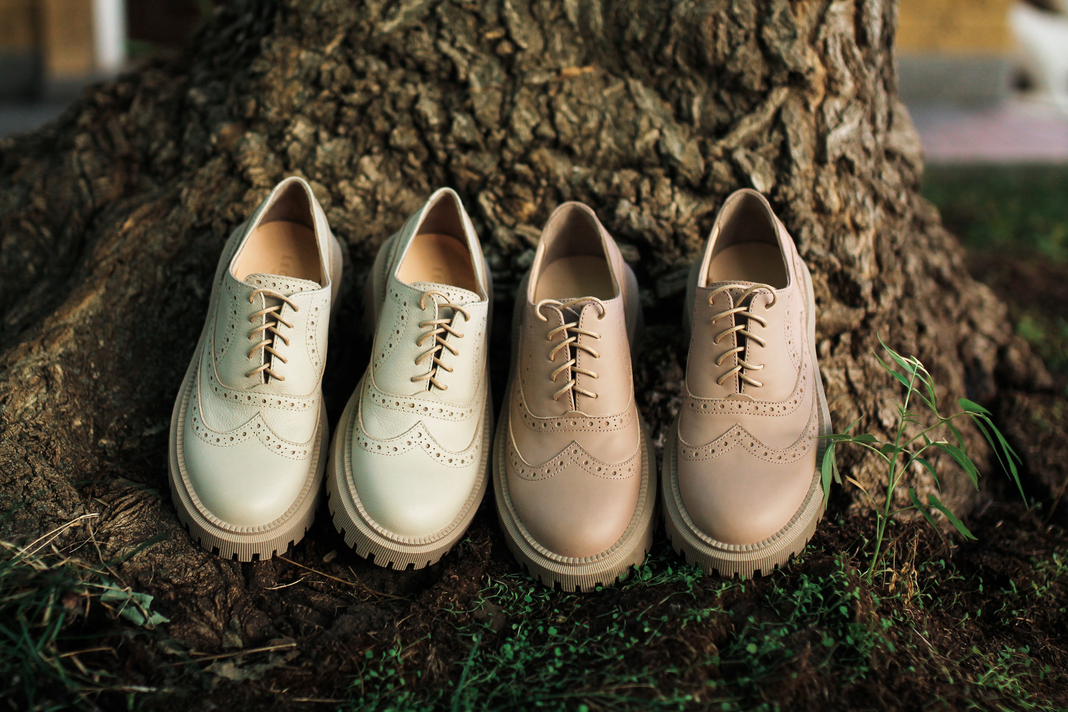
The history of oxfords has its roots in Great Britain, where they appeared in the 17th century. The first mentions of these shoes are found in the documents of the University of Oxford, where students and professors were looking for comfortable and formal shoes to wear in the university halls.
The main characteristic of this shoe is the closed type of lacing. This design adds style to the shoes and is designed for a more formal, business look.
Over the centuries, oxfords have undergone changes and modifications in design. In the 19th century, the “Half Brogue” model was popular, where the sock and heel were decorated with perforations or decorative punctures. In the 20th century, "Full Brogue" appeared - shoes with more punctures and perforations over the entire surface.Oxfords have become popular in men's and women's fashion. For men, they have long been considered the main form of classic formal shoes. Women's oxfords began to appear in the wardrobe at an early time, but their greater popularity came later, with the emergence of androgynous fashion.
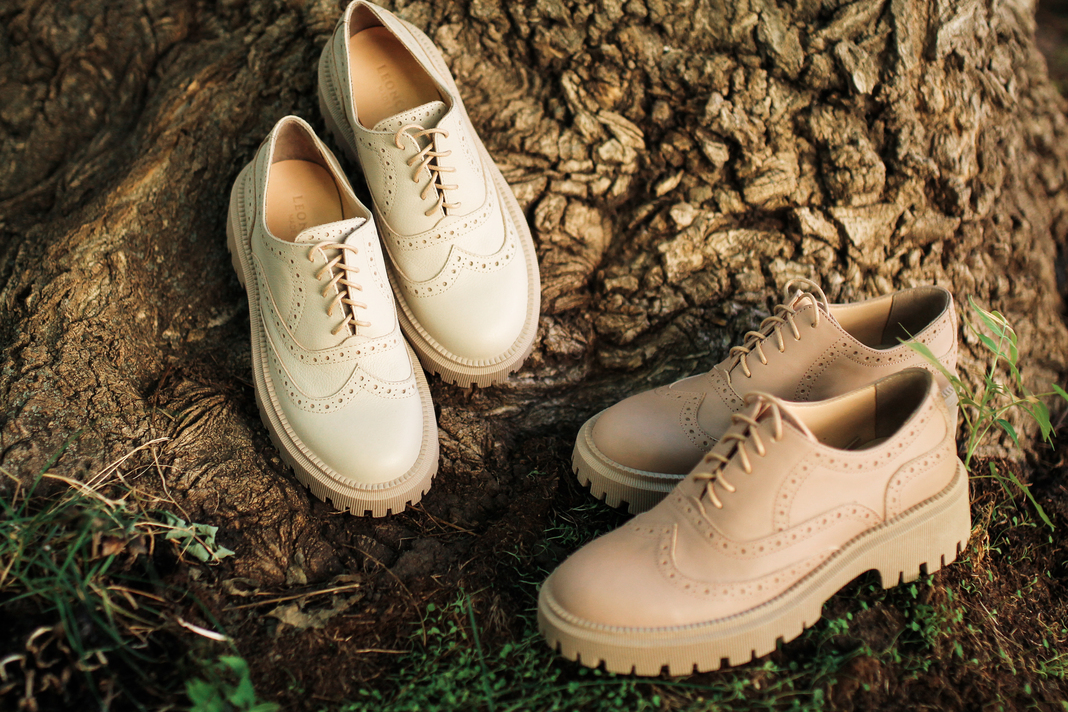
Modern designers are constantly experimenting with classic forms, and oxfords are no exception. New materials, colors, decorative elements appeared, which expanded the variety of this style. These shoes can now be found in a variety of soles, from traditional to thick and rough.Oxfords have deep historical roots and a rich style trail. They remain relevant for many generations thanks to their versatility and classic beauty. Oxfords continue to be popular among fans of elegant and luxurious shoes, and their history continues, in


















